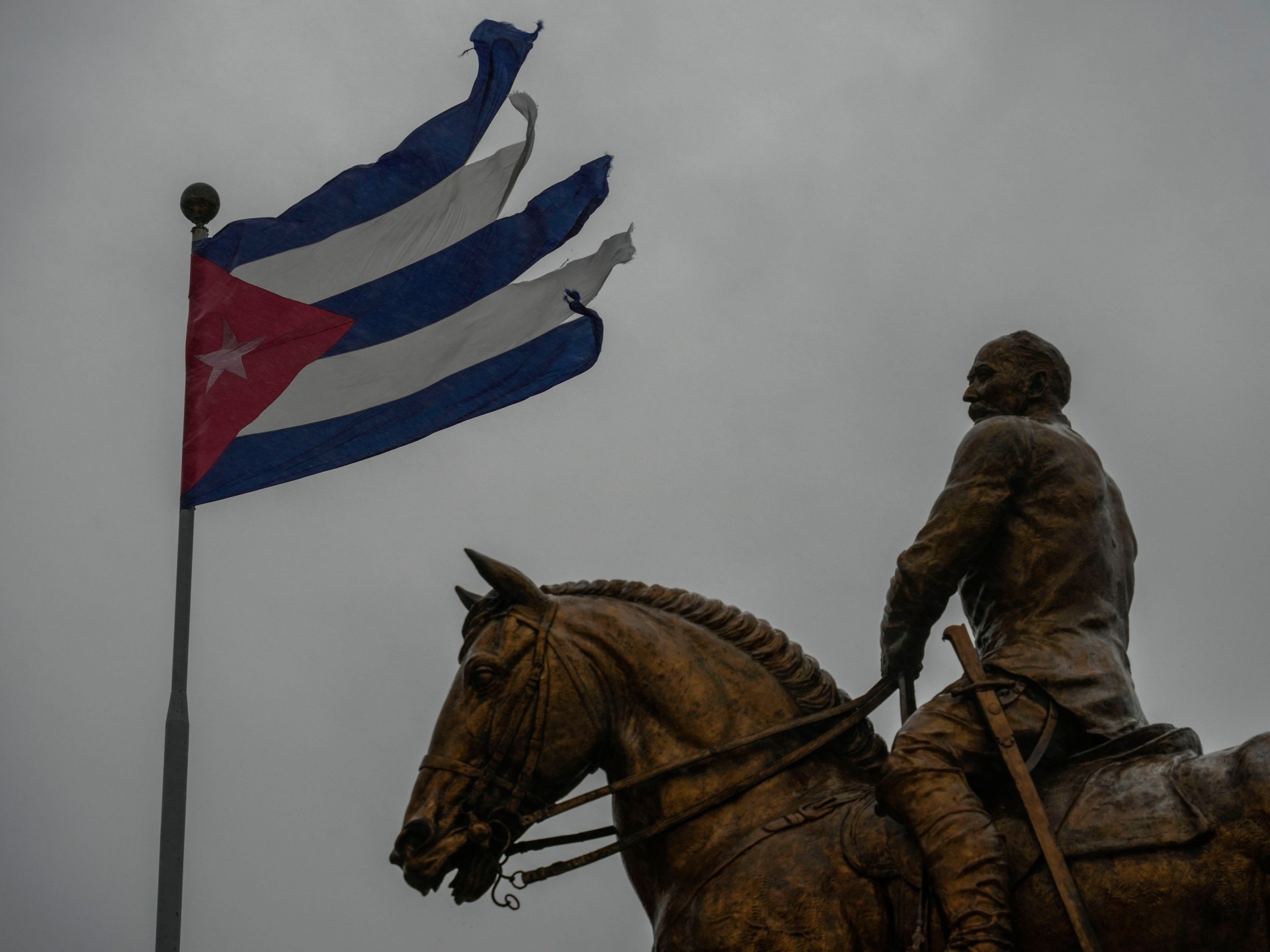Less than a month after Hurricane Milton churned over the island of Cuba, the country has been struck by yet another powerful storm: Hurricane Rafael.
Rafael made landfall on Wednesday as a formidable Category 3 storm, which qualifies it as a major hurricane on the Saffir-Simpson scale.
It lurched across the western province of Artemisa, with wind speeds reported to be 185 kilometres per hour (115 miles per hour).
But as Wednesday evening wore on, the hurricane had crossed back into the Gulf of Mexico as a Category 2 storm, with sustained winds of 168km/h (105mph).
From there, its destination was as yet unknown: It is expected to continue moving in a northwest direction, weakening as it potentially approaches either the United States or Mexico.
The Cuban government has already promised aid to the affected areas.
“Major damage in Artemisa, Mayabeque and Havana,” President Miguel Diaz-Canel posted on social media on Wednesday night. “Every step from this moment on is oriented towards recovery. Together we will do it.”
He pledged to visit the provinces devastated by the storm “from the first hour” of Thursday, to make “precise assessments” for the recovery efforts.
Hurricane Rafael plunged Cuba into a blackout, just weeks after a power plant failed on October 18, cutting power to the entire country.
Earlier that month, Cuba felt the wrath of Hurricane Milton, a storm that intensified to a Category 5 at a record pace.
The Atlantic hurricane season stretches from June through the end of November, and the past two months have seen record storm activity. Rafael is the fifth major hurricane in the Atlantic this year to reach Category 3 or higher.
#Photos #Hurricane #Rafael #batters #Cuba #plunging #island #blackout #Weather











Leave a Reply